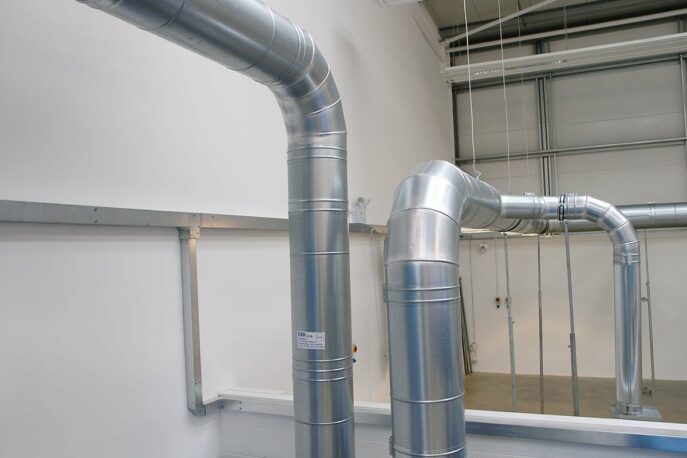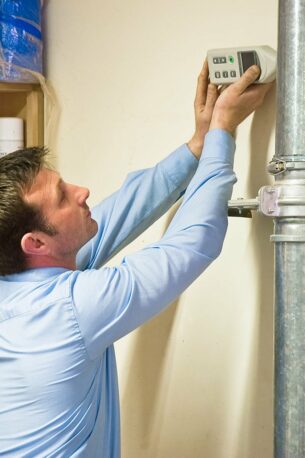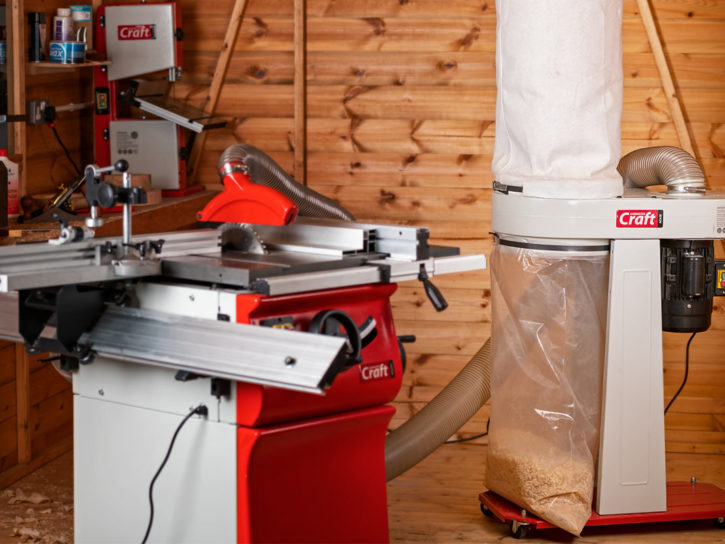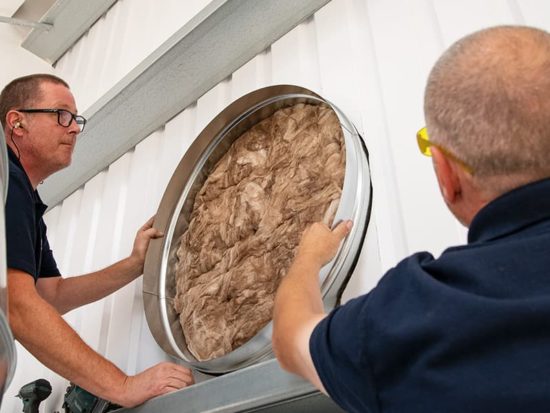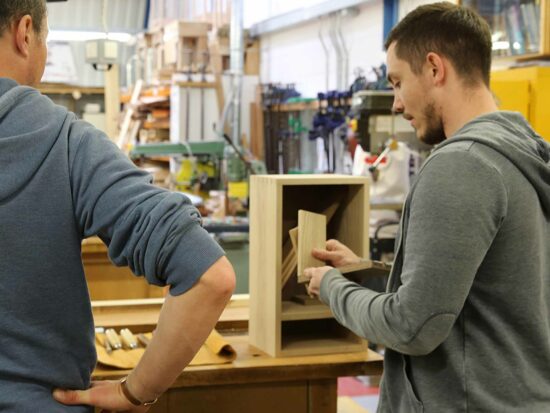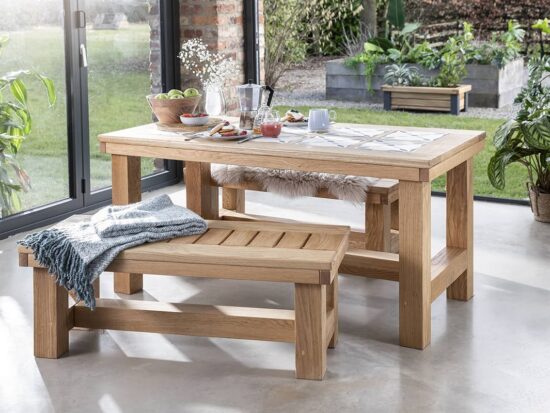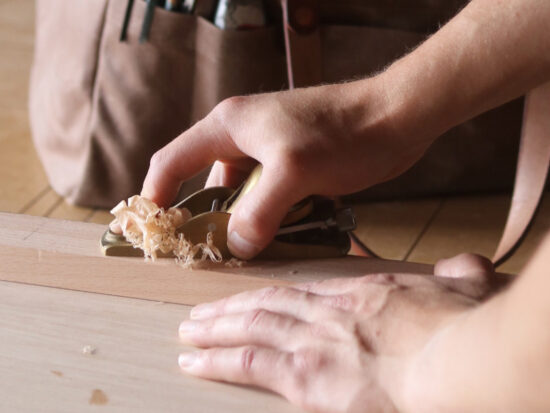Extractors For The Trade Workshop | LEV Testing
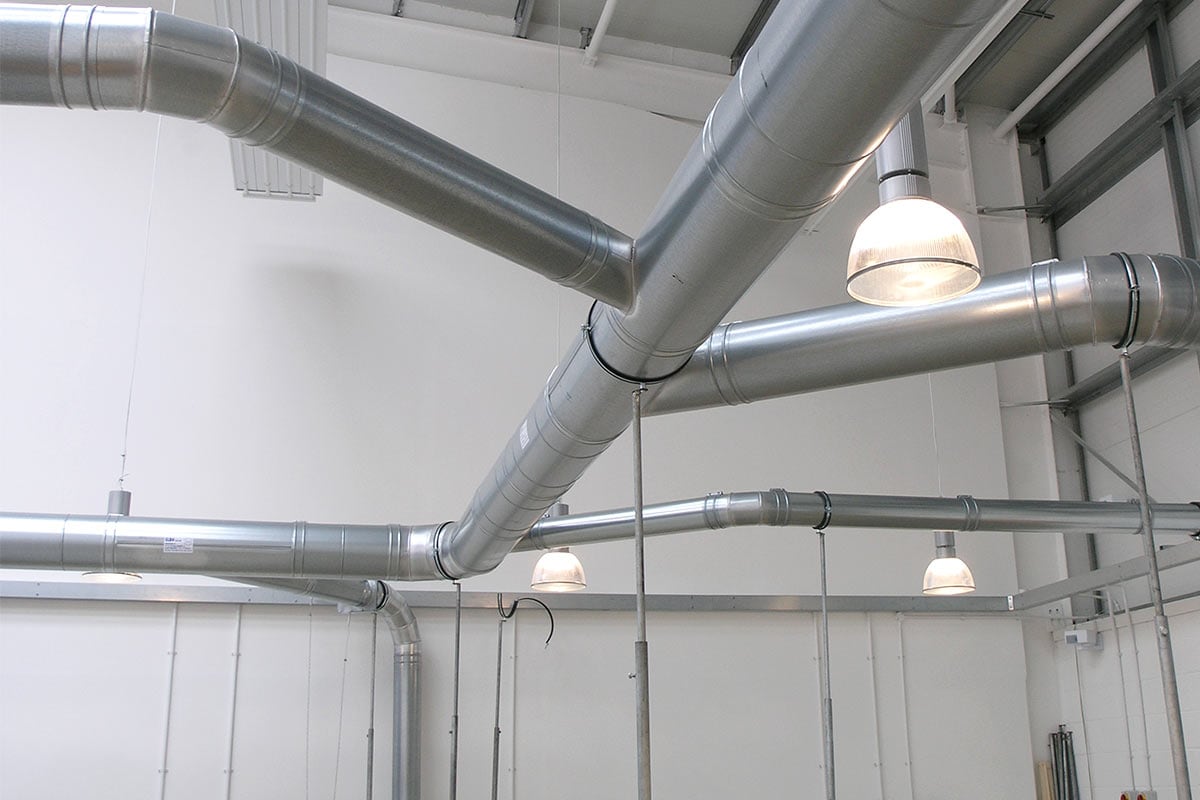
Things to consider when setting up a trade workshop and frequently asked questions about LEV testing
If you’re an employer or employee, you will have undoubtedly heard of LEV (Local Exhaust Ventilation) and its implications, as in the workplace you have to comply to COSHH (Control of Substances Hazardous to Health) regulations. If you are an employer you will also know about LEV testing. However if you're setting up a new trade workshop or thinking of expanding to become an employer you may find this useful.
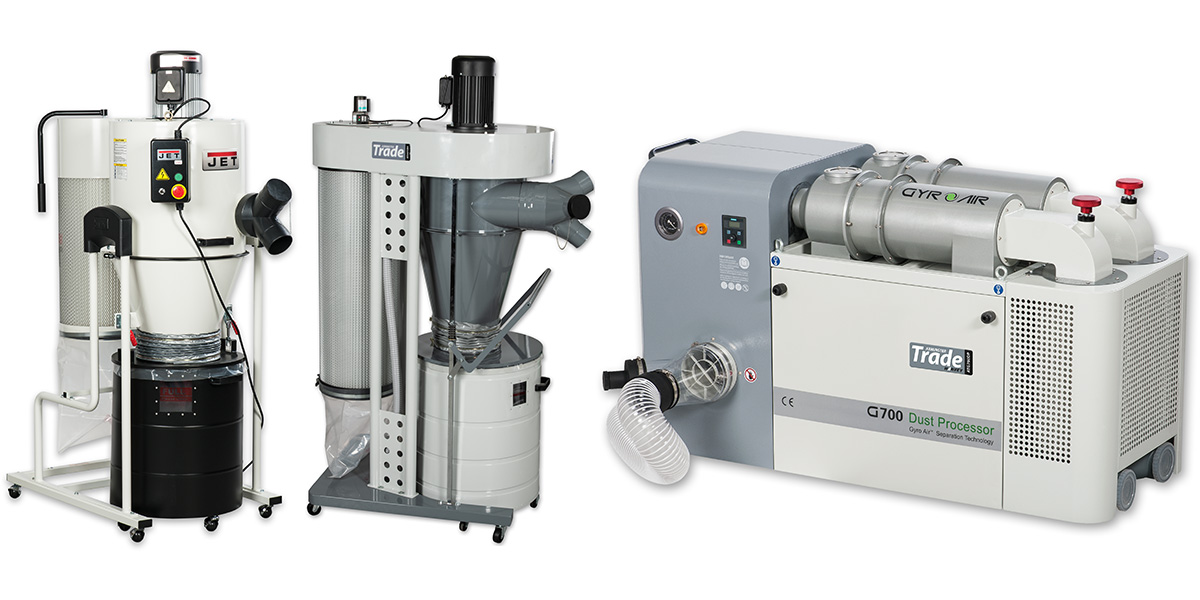
Extractors for the trade workshop
When setting up a trade workshop, there are important things to consider while designing your extraction system. Firstly, how many machines you will have in your workshop? How many machines will be in use at the same time and also the type of machines you will be using?
This will determine the extractor you should buy. Many machines in use? An extractor with high airflow will be needed. A sander in your workshop plan as well as a table saw, planer thicknesser and bandsaw? Then a fine dust extractor is a must. Always consider the airflow that will be needed in your LEV system as maintaining the required air velocity. This will help greatly with compliance.
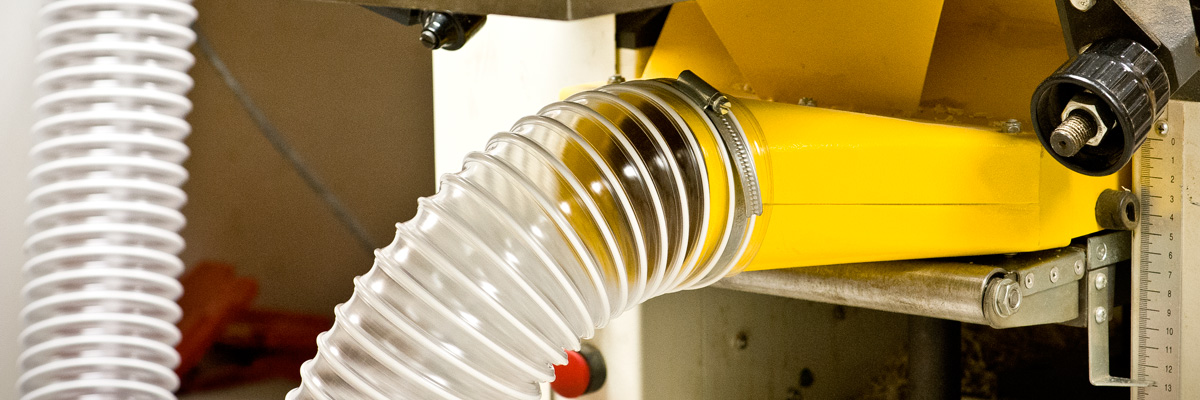
Now for the system in place. In the trade workshop, it’s best to place your extractor in a fixed position, in a room on it’s own, outside of the workshop. This will not only help reduce noise, it will also help maintain safe working distances from the extractor and is a good space saving idea.
A metal ducting kit will provide the longevity you need in a trade workshop and using manometers just after the blast gate of each machine will give you an at-a-glance indication of how well the system is performing.

Key points:
- Hood design and selection are critical to the performance of LEV systems. Most machines will have this incorporated in their design (i.e. table saws & planer thicknessers) but some, such as mitre saws, will need upgrading.
- Consider the potential machines you could use at the same time, to make sure airflow will be maintained no matter how many you use.
- The diameter of the ductwork should be large enough to enable the correct VFR (Volume Flow Rate) to be maintained.
- Ductwork should have as few bends or long lengths as possible, as this will reduce the efficiency of the system.
LEV testing
In the trade workshop, always remember to consult with COSHH guidelines. If you are an employer your LEV system should be tested to remain compliant. We've answered some frequently asked questions about LEV testing:
Who is responsible?
Every employer who provides extraction equipment to control hazardous substances has a legal requirement to examine, maintain and test the equipment to comply with COSHH.
Who should carry out the testing?
Carrying out thorough LEV testing requires specialist skills. Although it is possible to carry out the tests yourself, it is advisable to use a professional with specialist knowledge. The examiner should provide you with a report which clearly shows whether the equipment meets the intended level of performance. If it doesn't then the report should outline what is wrong and the measures you should take to correct it.
What does the examiner need from me?
The examiner will need to know what the equipment was originally intended to do. This enables them to test whether it is still performing as it should. This information should be available on the paperwork provided by the supplier with the machine. If you're not sure, most examiners can help you identify intended performance information.
How do I choose an examiner?
The person who carries out your testing should be trained and competent to do so. For more information on LEV, or to be put in touch with our trusted partner contact our Business Services team on 0800 371822 or email abst@axminster.co.uk.
Find out more about our Business Services team at axminster.co.uk/business.



